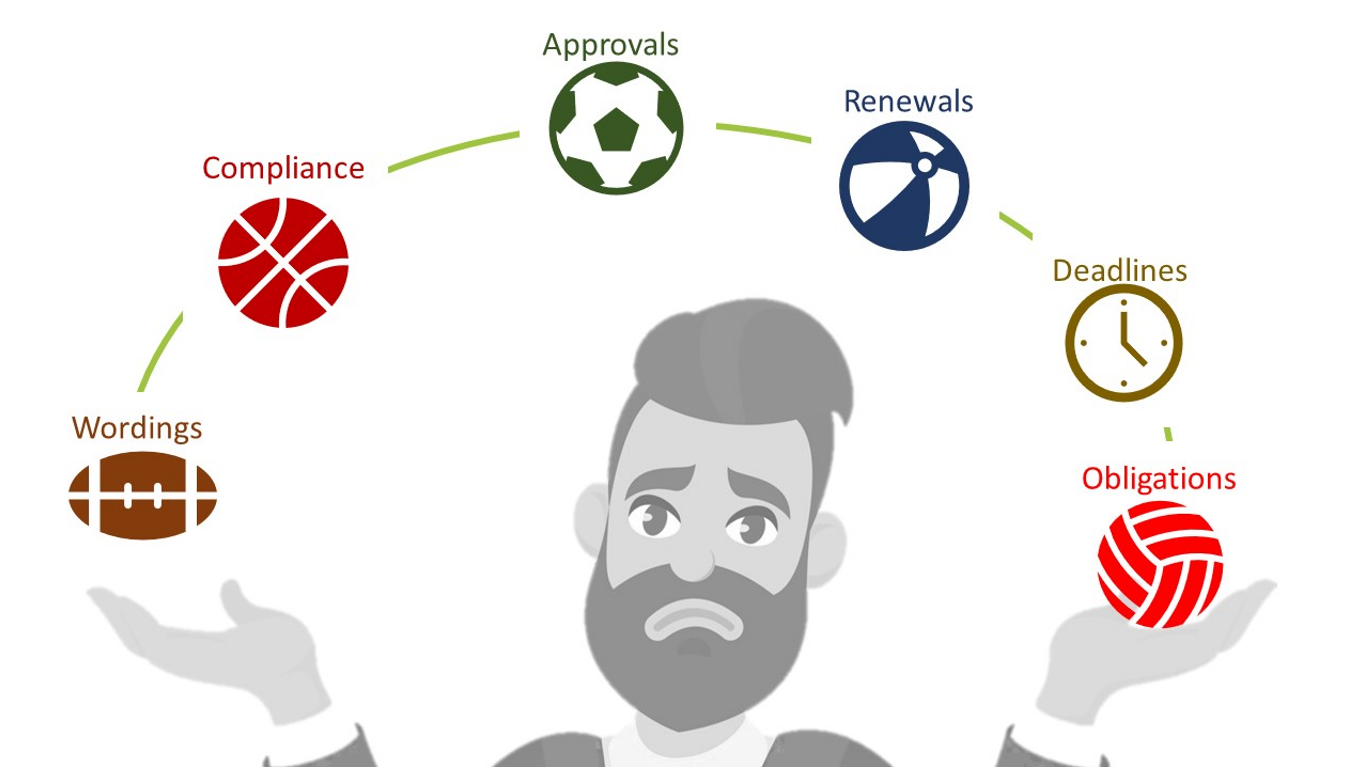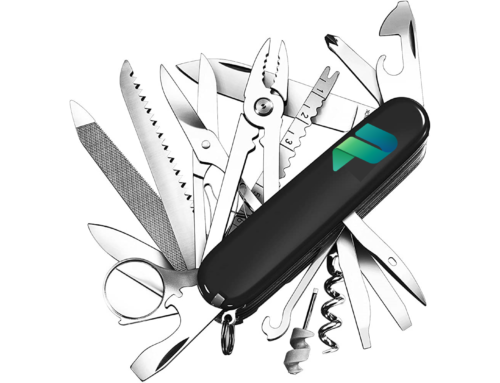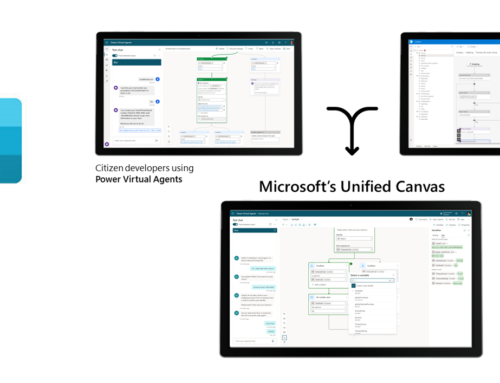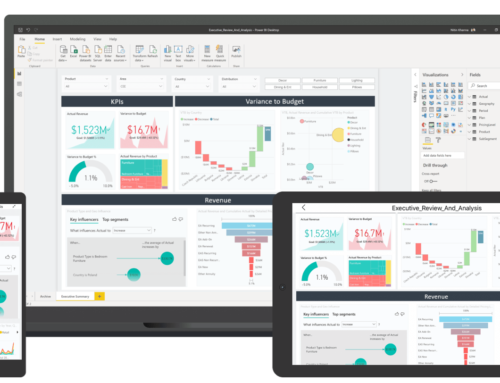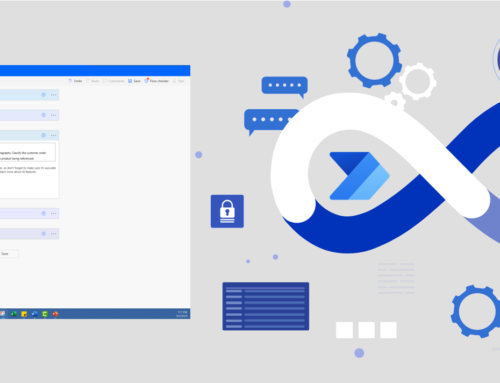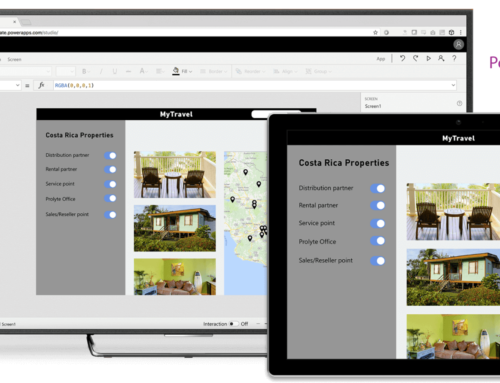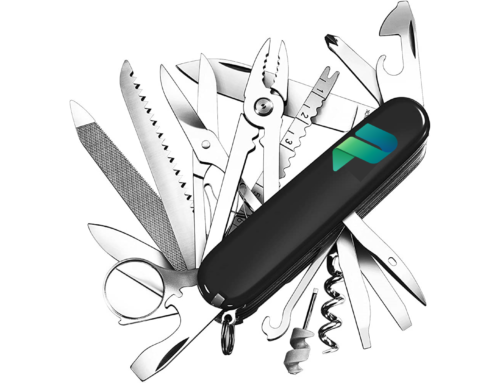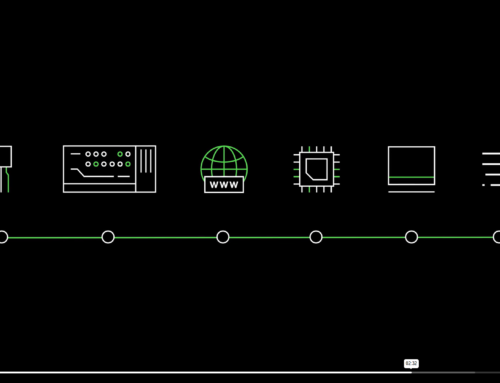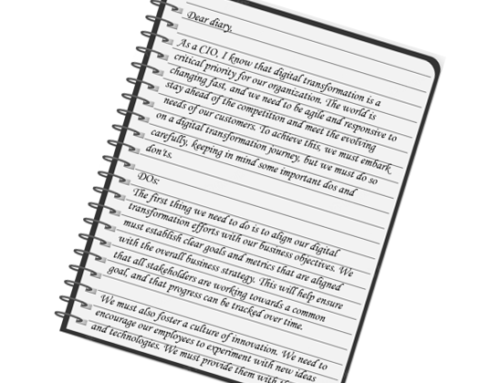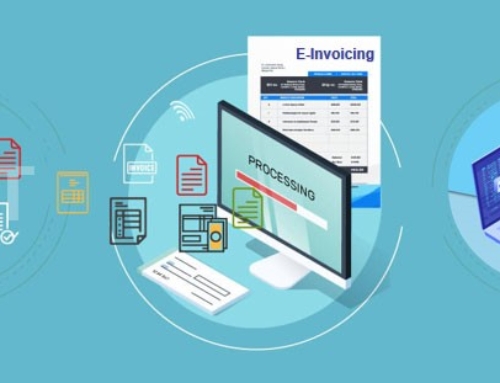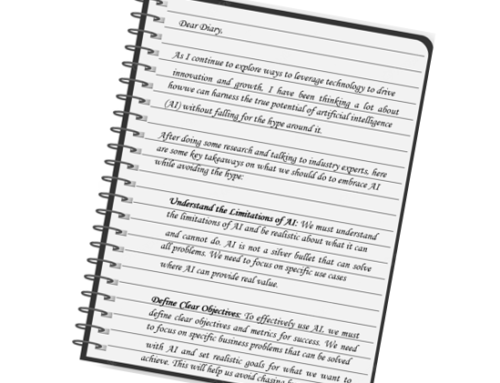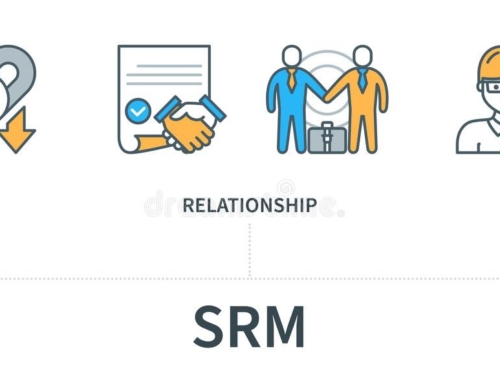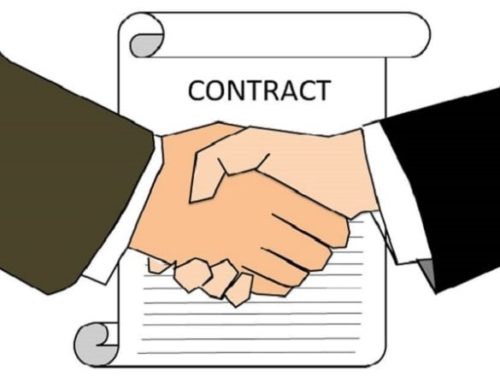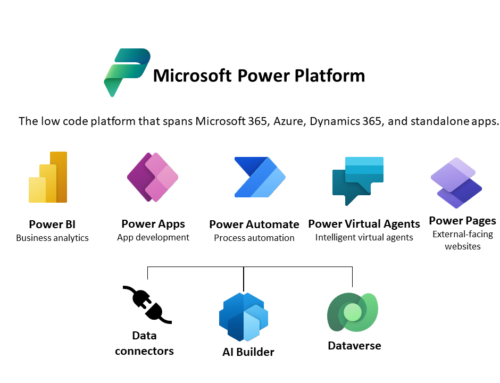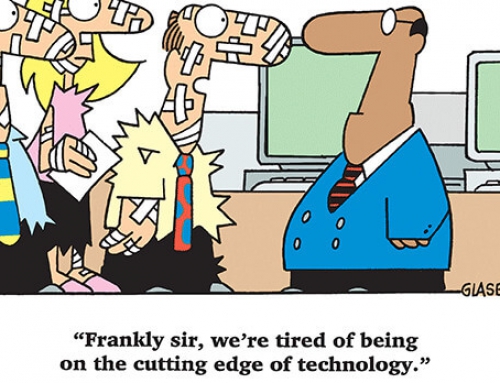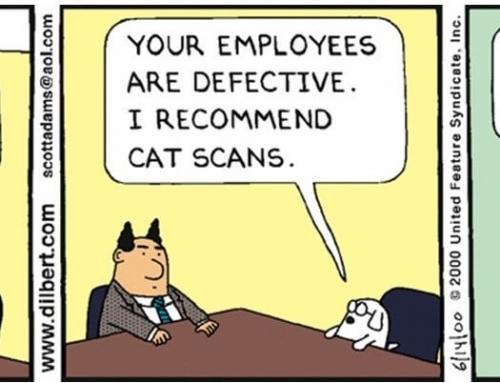Contract management is a critical function in any organization that is involved in entering into agreements with suppliers, customers, partners, and other stakeholders. It is the process of overseeing, negotiating, executing, and closing contracts, as well as monitoring and renewing them. In this blog post, we will discuss the strategies and best practices for mastering the art of contract management and how you can use them to achieve your organization’s goals.
Why is Contract Management Important?
Contract management is important for several reasons. Firstly, it helps organizations to ensure that their contracts are legally binding, enforceable, and align with their goals and objectives. Secondly, contract management helps organizations to identify, mitigate, and manage risks associated with their contracts, thereby reducing the likelihood of disputes and legal problems. Finally, effective contract management helps organizations to increase their efficiency and productivity by streamlining the contracting process, reducing administrative costs, and improving the overall performance of their contracts.
Strategies for Mastering the Art of Contract Management
1. Develop a Contract Management Plan
The first step in mastering the art of contract management is to develop a contract management plan. This plan should outline the processes and procedures that your organization will use to manage contracts, including the steps involved in contract initiation, negotiation, execution, monitoring, and renewal.
2. Implement a Contract Management System
Implementing a contract management system is another essential strategy for mastering the art of contract management. This system should provide a centralized repository for all of your organization’s contracts and allow you to manage contracts electronically, streamline contract processes, and track contract performance.
3. Establish Contract Management Policies and Procedures
Establishing clear policies and procedures for contract management is also crucial. These policies and procedures should outline the steps that your organization will take to manage contracts and ensure that contracts are executed in a consistent and efficient manner.
4. Train Your Team on Contract Management Best Practices
It is also important to train your team on contract management best practices. This training should cover topics such as contract negotiation, risk assessment, and performance monitoring. By providing your team with the knowledge and skills they need to manage contracts effectively, you can increase the efficiency and productivity of your contract management processes.
5. Continuously Monitor and Evaluate Contract Performance
Finally, it is essential to continuously monitor and evaluate contract performance. This can be done by regularly reviewing the performance of contracts, tracking contract performance metrics, and conducting contract performance evaluations. By continuously monitoring and evaluating contract performance, you can identify opportunities for improvement and make the necessary changes to ensure that your contracts are achieving their intended goals.
Best Practices for Contract Management
1. Standardize Contract Templates
Standardizing contract templates is one of the best practices for contract management. By using standardized templates, you can streamline the contracting process, reduce administrative costs, and ensure that your contracts are consistent and comply with legal requirements.
2. Negotiate Contract Terms and Conditions Carefully
Negotiating contract terms and conditions carefully is another best practice for contract management. It is important to carefully consider the risks and benefits associated with each contract and to negotiate terms and conditions that are in line with your organization’s goals and objectives.
3. Establish Contract Management Processes
Establishing clear contract management processes is another best practice. This includes processes for contract initiation, negotiation, execution, monitoring, and renewal. By establishing these processes, you can ensure that contracts are managed consistently and efficiently.
4. Continuously Monitor Contract Performance
Continuously monitoring contract performance is another best practice for contract management. This can be done by regularly reviewing the performance of contracts
In conclusion, contract management is a critical function in any organization and mastering the art of contract management requires a combination of strategies and best practices. By developing a contract management plan, implementing a contract management system, establishing clear policies and procedures, training your team, and continuously monitoring and evaluating contract performance, you can ensure that your contracts are aligned with your organization’s goals and objectives, minimize risks, and improve the overall performance of your contracts.
If you want to take your contract management to the next level, we encourage you to start implementing these strategies and best practices today. If you need help, automate your contract management with our contract lifecycle management software- “LegaDox”

To know more about LegaDox and how you can make your life easy by automating contract management, reach us at info@prosares.com

